A National Hockey League veteran, Jamie Huscroft was a scrappy defenceman, knocked out at least a dozen times in a 14-year professional career.
It's been more than a decade since the damage occurred, but he still gets headaches and has little tolerance for loud noise. Today, he calls himself a "test dummy" in a program that could have important implications for other athletes suffering from neurological damage.
Huscroft is enrolled at the Watson Centre for Brain Health, a clinic in Burnaby, B.C. that uses teaching techniques for children with learning disabilities to help adults with traumatic head injuries. It's an intriguing method of therapy, particularly when so many ex-athletes complain of decreased cognitive functioning once their careers end.
Neurological damage in former professional hockey and football players is so widespread that both the NHL and the National Football League have faced lawsuits. Huscroft himself is a plaintiff in NHL concussion litigation by more than 120 former players alleging that the NHL deliberately misled them on the effects of repetitive head trauma.
Here's how it works
The Watson Centre's experts use patient-specific cognitive exercises to stimulate prefrontal brain growth in a process known as cognitive remediation therapy. It is in the brain’s prefrontal cortex that people organize their thoughts, behaviour and actions, shaping their personalities and how they engage with the world.
The treatment focuses on four cognitive functions: attention, memory, planning and organization.
Mark Watson, the clinic’s chief executive officer and a former collegiate football player, told National Observer that the clinic was born from a question. The medical consensus is that recovery from a concussion is most likely within a ‘post-acute’ period of two years — “Does that mean that no improvement can happen after 24 months?” Watson asked.
“Could people post-24 months still regain some of their lost cognitive function? That was our big question.”
The Watson Centre’s approach is rooted in the teachings of Barbara Arrowsmith-Young, a brain clinician whose treatment of children with learning disabilities depends on the brain’s neuroplasticity— capacity to form new neural connections—to improve cognitive function.
“What is interesting to me is the long-term effects of brain injury tend to impact your planning, your attention and your memory,” said Watson. “That’s similar to what we see a lot of in our learning disabled population. The difference being that [for clients] with brain injuries, these people in some cases have an understanding of what they’ve lost.
"If we could see these changes in [people with] learning disabilities, if we could stimulate cognitive reasoning, then maybe we could increase function or build new function in those regions for people with brain injury — as long as they can engage in the program. This program is not an easy thing to do. It takes a lot of work.”
How much can it really help?
Watson said he wasn't sure if a person could ever return to their pre-injury health, but believes improvements can be made.
“As a former athlete myself, I have to think that through targeted remediation that we can improve. I’ve seen too many people come back from all these other [physical] injuries that impact a person’s ability to function. Well the brain can change too."
Illustrating an exercise to rebuild neural pathways, a video on the clinic’s website shows a student looking at a clock on a laptop screen, analyzing the relationship of the clock’s hands, which change with increasing speed and make the exercise more difficult. The task demands focus, memory, organization, and abstract reasoning.
It is difficult, even tedious work, as Watson acknowledges in the video. It also takes considerable takes time and money: students train this way for three hours, four days a week, for three or six months, and the price tag can run as high as $18,000, including baseline and post-therapy assessments.
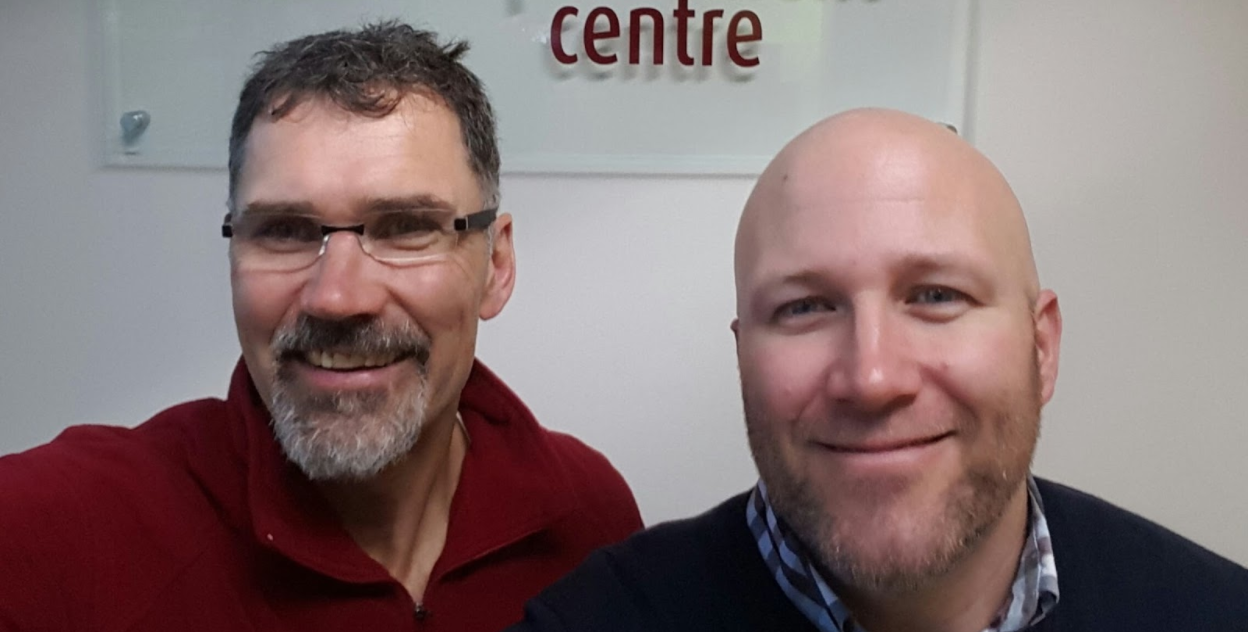
Playing in the pre-concussion information era
Huscroft, who manages a hockey rink and conducts hockey clinics, said he enrolled in the Watson Centre to help reverse damage that occurred during his pro career and to possibly stave off neurodegenerative disease like chronic traumatic encephalopathy (CTE).
CTE, a disease from repeated blows to the head, leads to memory loss, depression, and irrational behaviour, and was found in the brains of deceased ex-NHLers Bob Probert, Derek Boogaard and Richard Martin, among others.
“I’m doing everything I can in my power to make sure I somehow can…keep it at bay and keep my mind active,” said Huscroft. “In my job I do a lot of budgeting and a lot of work with numbers, so that helps.”
At the Watson Centre, he does a variety of exercises aimed at repairing stretched or damaged neurons.
“I’m not just sitting back saying, ‘Hey, I have problems, I have symptoms, and I’m just going to sit and do nothing,’" he continued. "I‘m being proactive here. I’m basically doing physical therapy for my brain right now.”
Huscroft played in an era when there was no knowledge of long-term neurological impairment from concussions.
“As a player you get your bell rung and you go back out again...we weren’t educated to know what the potential long-term problems would be if you did not respect that concussion. But they definitely do now, which is...a big step in the right direction.”
Huscroft isn’t satisfied with NHL commissioner Gary Bettman's historical reluctance to link hockey's physicality to neurodegenerative disease.
“It’s a little disheartening...you put your life on the line every day and once you get out of the League — man, they forget your name really quick...They know what’s going on, and they really don’t care and they gotta protect the owners. That’s their position, but it would sure be nice if they were able to back or at least help out these players that are in need."
The problem for Huscroft and his fellow plaintiffs is the lack of support for problems they didn't anticipate during their careers — cognitive impairment and possible brain disease.
“Nobody wants money if they don’t need it. If I have nothing wrong me, then great, I’ll walk away and never look back. But what scared me and a lot of players is that they do have problems and they do incur all these medical expenses, and there’s not going to be any help there."
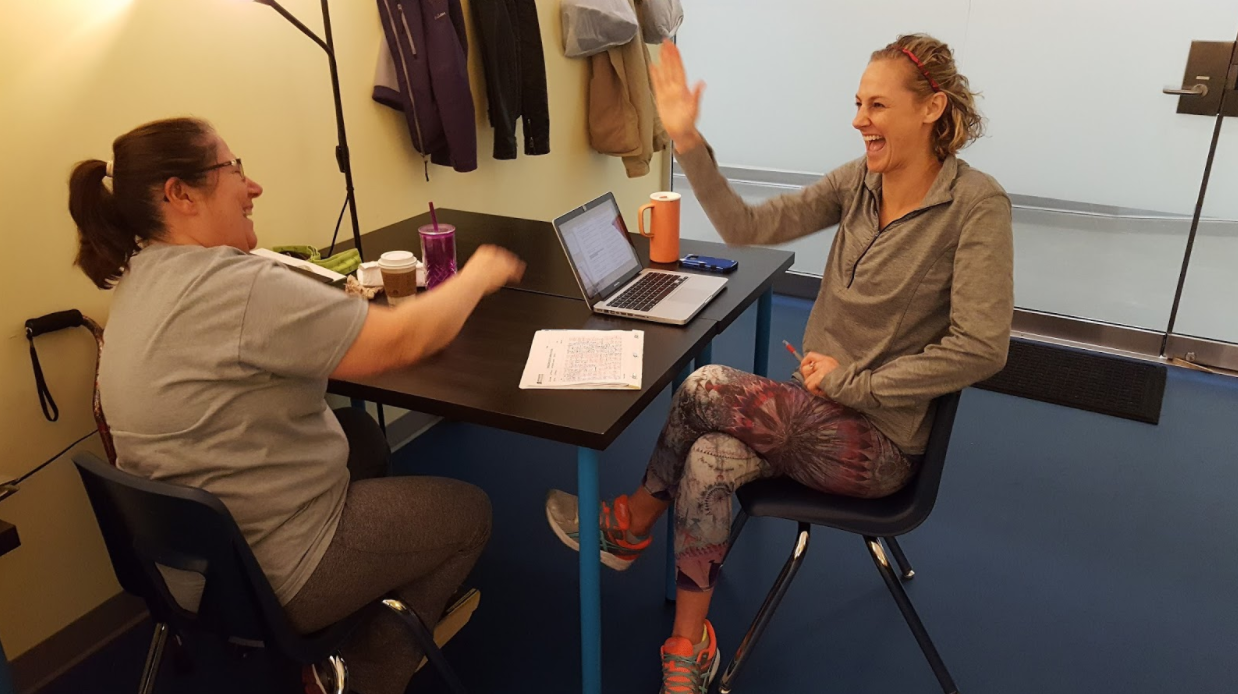
Slowly seeing results
Two months into his treatment at the Watson Centre, Huscroft said his focus has improved and he’s eager to realize other benefits with further training though it’s hard to do therapy year-round as he works full-time.
“I go home at night and I’m mentally exhausted,” he said. “I go home and I’m fried.” But he’s determined to make the effort.
A native of Creston, B.C., Huscroft now lives in Seattle, Wash. If this therapy works, Huscroft believes it could be a positive force in the lives of players struggling with their transition from professional hockey to retirement. Watson Centre clinicians are studying Huscroft to see whether cognitive remediation can help repair a brain that endured frequent trauma during 352 NHL games.
Huscroft said: “I’m doing this for the NHLPA (National Hockey League Players Association) or the NHL to come in and say: ‘Hey we can help you guys out. Here’s the program.’”
Watson said the clinic “would be more than happy to work with them to study the impact of our program for current or former players with a history of concussions.”
In addition to Huscroft, the clinic has assessed former NHL defenceman Dave Babych and held discussions with several other former players. It recently met with former National Football League centre, Robbie Tobeck, and another ex-NFLer, Nesby Glasgow, will be assessed soon.
Does cognitive remediation therapy work?
Matthew Holahan, a neuroscientist at Carleton University, said cognitive remediation therapy can mitigate — but not cure — the effects of neurological disease like encephalopathy.
“The damaged neurons will likely not recover but the brain will compensate, make new connections and work around the damage,” Holahan wrote in an email. “It will not likely stop the progressive nature of the disease (so CTE or Alzheimer’s for example) but it could help in day-to-day behavioural functions.
"This is the big problem with any behavioral or cognitive-based treatments: it teaches the patients new strategies and can likely facilitate the formation of new connections in the brain but it does not repair the damaged brain tissue.”
Watson said the clinic is currently measuring students to test the treatment’s efficacy. If, as Holahan said, “it treats the symptoms but not the underlying cause” for someone with a neurodegenerative disease like CTE, the program’s worth will be seen in the extent to which it can help these people make new neural connections and work around the damage they’ve endured.
Helping with the “day-to-day behavioural functions” could be a sizable boon for a person whose mind is close to betraying them.
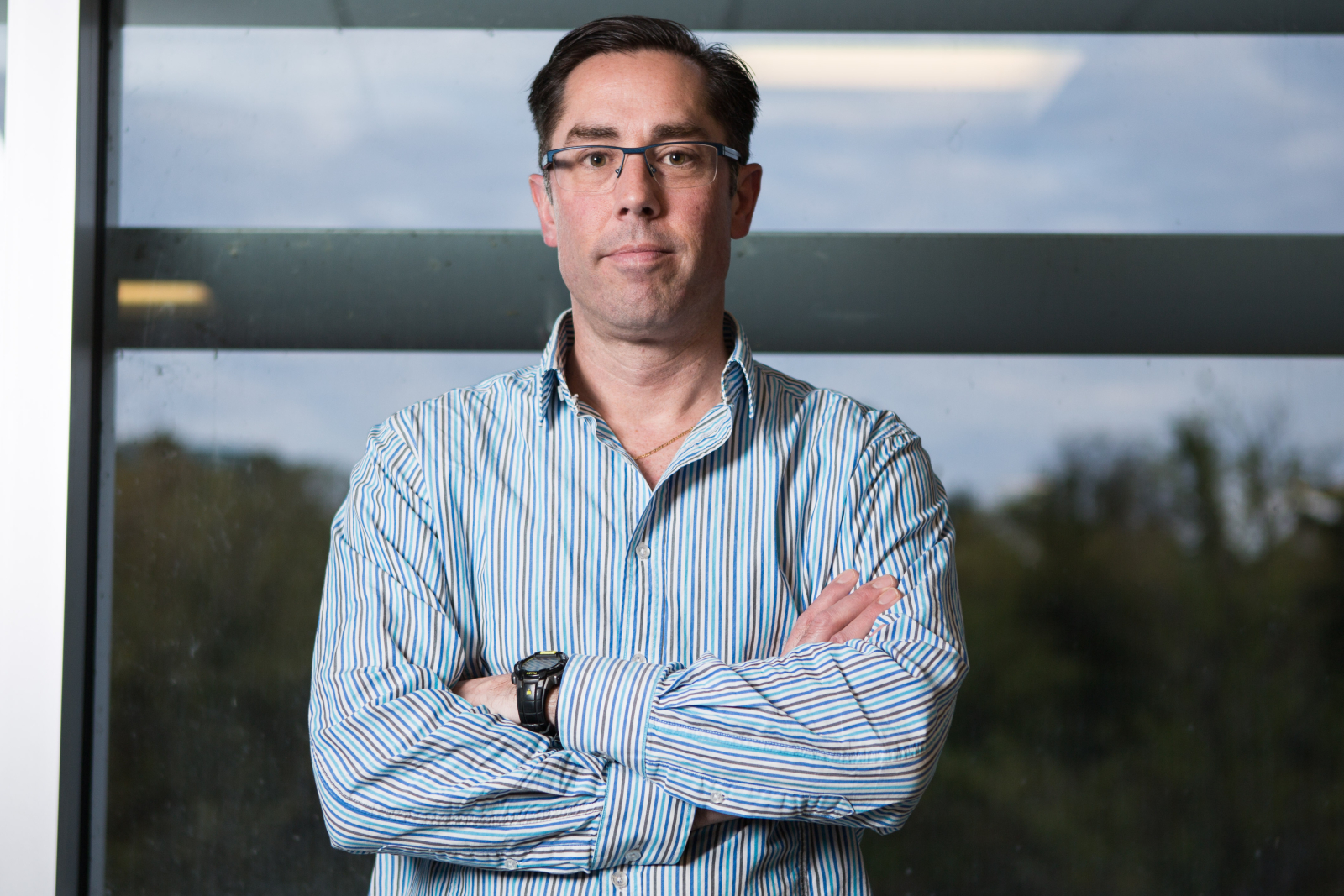
Culture shift in concussion management
Whether he would do things differently today, given the advanced state of understanding head trauma, Huscroft replied: “I would do it all the same, but when I did get a concussion I would make sure that I gave it the respect it deserved and took the necessary or allotted time off until I got better.”
Had he taken more precautions with his health, Huscroft estimates he could have played another few years. Unfortunately, the NHL of the 1980’s and 90’s was not overly concerned with player safety. Huscroft is rightly proud of a hard-won career, however, and he’s approaching his therapy with the same determination that brought him — by his admission, a player of limited natural ability who fought out of necessity to earn a role — to the highest level of professional hockey and a lifestyle he would never have known otherwise.
Fortunately, a major shift is underway regarding how concussions are managed in this country. Carla Qualtrough, Canada’s amateur sports minister, told National Observer that she and her team are working on a sports-specific concussion strategy, upon which she is set to have further discussions with her federal, provincial and territorial partners in July in Winnipeg.
“We're working with national sport organizations as they develop sport-specific concussion protocols because the key is recognizing that there are some really important differences between sports,” she said. “There will be a general framework for concussion protocol that we want to make sure we have certain steps taken in every situation, but if you've got a concussion from falling on the ice, it's different from head-butting a ball in soccer.
"So we're very much aware that we need to develop sport-specific protocols around identification, treatment, return to play, so we're going to be unveiling this and we're working with provincial governments and Health Canada…the Health Minister and I both have been tasked with developing this concussion strategy, and a key component from a sport point of view is making them sport-specific.”
Qualtrough’s reforms are welcome and should help people better deal with their concussions in the short term. But of equal interest is the longer, post-acute stage, where there is much less emphasis and media attention. It is here, at the vanguard of a new science, where the Watson Centre finds itself.
A resilient and mysterious organ, perhaps the brain has more capacity to repair and forge neural pathways than previously imagined. This is what Watson and his team seek to ascertain. In time, they may have an answer.
“For lack of a better term, I am a test dummy,” Huscroft said, describing one of this roles at the Watson Centre. “So I’m just out there trying to do my thing, but I definitely feel it.
"I do feel a little better, but I’m just at the infancy of this training. If I were able to have the time to commit four to six months, five days a week, I strongly believe that it would help.”



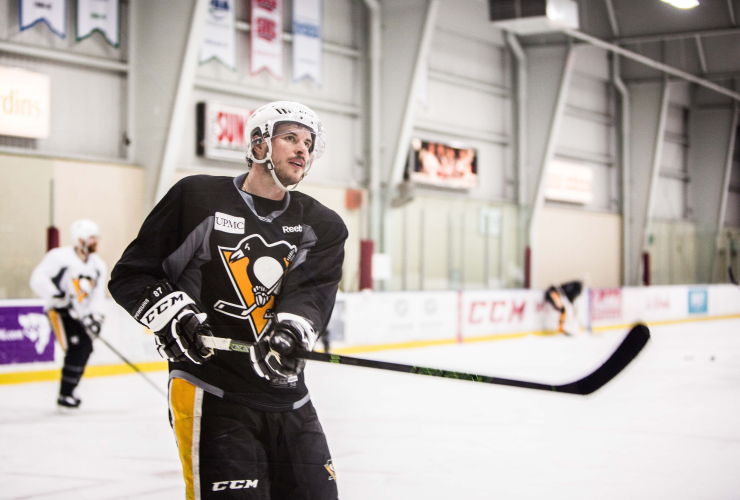

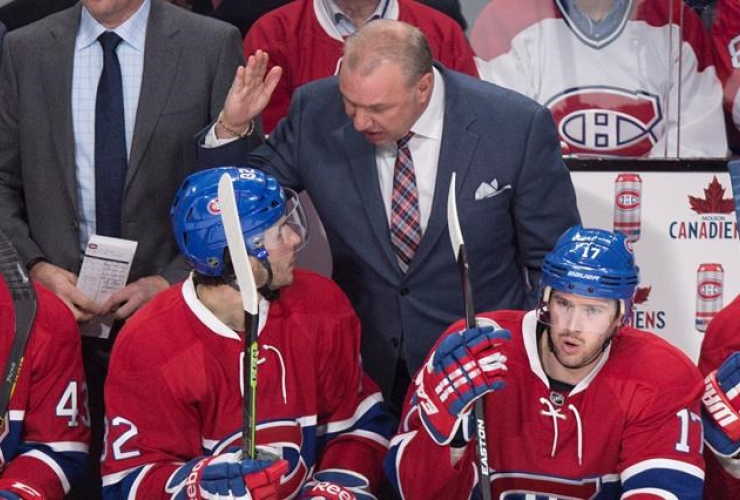
Comments